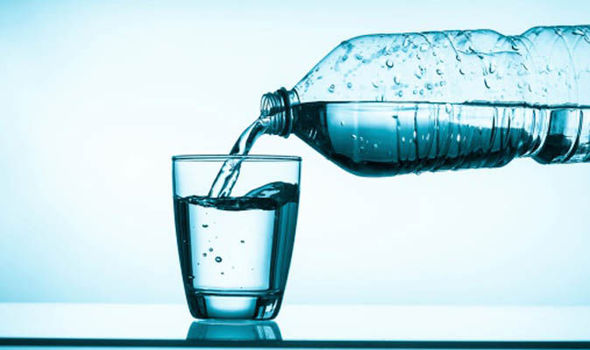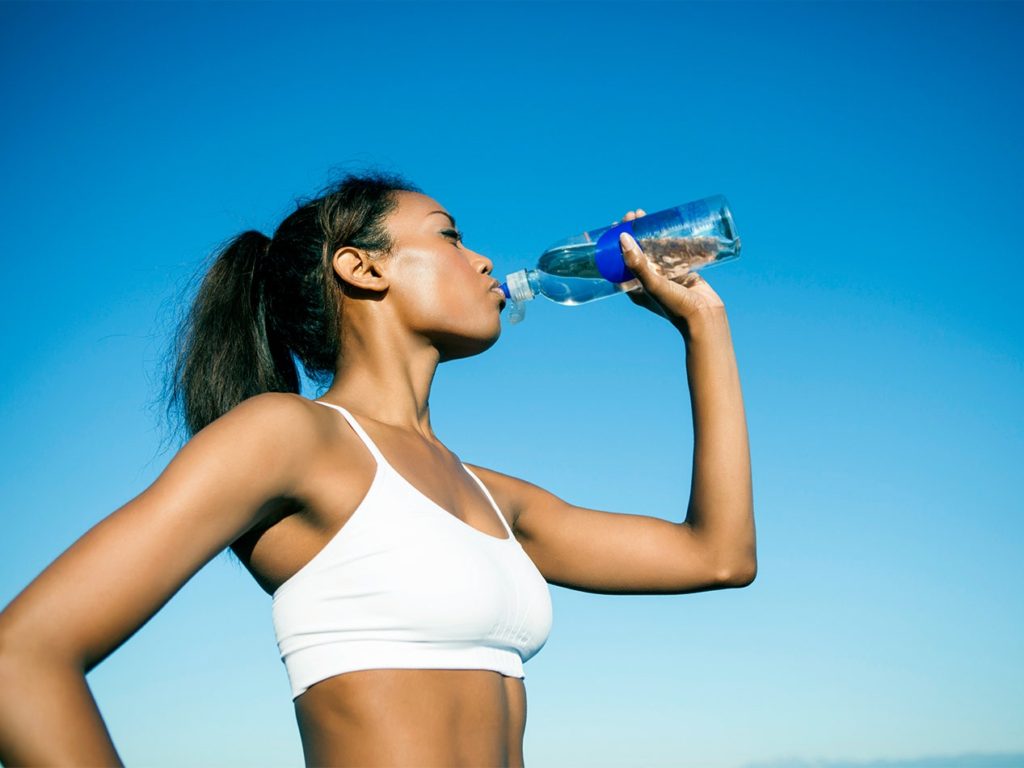Using our converter you can find out how much is 2 liters of water in oz
The Amount of Water You Actually Need to Drink
It is very important to drink water, though, what is the right amount of water to drink?
According to a National Institutes of Health report, about 60 % of the average adult human body is made of water. Here is the percent distribution of various organs containing water:
– Brain and heart – 73%
– Lungs – 83%
– Skin – 64%
– Muscles and kidneys – 79%
– Bones – 39%

Click here if you want to know how to convert Quarts to Gallons
Water helps us regulate our internal temperature, flushes waste, transports nutrients throughout our bodies, lubricates joints, forms saliva, and even serves as a protective shock absorber for vital organs and growing fetuses, all of the above-mentioned is besides being one of the main ingredients in the recipe for humankind.
In spite of the fact that water is essential to a healthy life [or any life at all, for that matter] yet, there is little scientific accord about the exact amount of the stuff a person should ingest each day. So, to be healthy, how much water do you actually need to drink?
It is said that you should consume eight-ounce i.e., 237 milliliters, glasses of water daily, in total 64 ounces (Oz), or approximately 1.9 liters. That is not the right answer. There is no scientific evidence to back it up, according to a 2002 review of studies, despite the prevalence of this easy to memorize rule, actually, multiple studies suggest that this is far more actual drinking of water than is required for most healthy adults.
Drinking water by the glass is not the only way that humans hydrate, so, that is the problem with this rule as researchers say. The 8 x 8 rule crucially overlooks two big sources of daily water consumption, though, it’s true that guzzling H2O is an affordable and calorie-free way to satisfy one’s thirst.
Food and drink
Food is one such source. Everything you eat includes some amount of water. Fruits and vegetables when eaten raw, have a lot; according to the U.S. Department of Agriculture, fruits such as strawberries and watermelons, for instance, are more than 90% water by weight. Various diets naturally include various amounts of water, but it adds up. The average North American gets about 20% of his or her everyday water intake through food according to a 2004 report by the National Academies of Sciences, and that counts toward healthy hydration.

Other beverages are the other key water sources that the [8 x 8] rule overlooks. Drinks that do not contain alcohol like tea, coffee, juice, milk, and soda contain predominantly water, and all help you to stay hydrated. Studies show that coffee does not dehydrate you and is an appropriate form of H2O intake, this is in opposition to another popular myth. [Just keep in mind that there can be unfavorable side effects of drinking too much caffeine, including disrupted sleep and headaches. Well, how much water should you aim to intake between all the food, water, and other fluids you consume daily? Each day women consume a total of approximately 2.7 liters [91 ounces] of water from all beverages and foods and men get approximately 3.7 liters [125 ounces] daily according to the National Academies of Sciences. This information is just according to general guidelines, it is not supported by strong scientific studies.
There is no magic formula for hydration, this is the truth. Everyone’s necessities differ depending on their age, weight, overall health, level of physical activity, and even the climate they live in. The amount of water you will require to replace with food and drink depends on how much water you lose to sweating. There is no doubt that a person doing physical work in a hot climate would require to consume more water than a person of exact weight and height who spent the same amount of time sitting in an air-conditioned office.
The best place to look is within if you are looking for concrete advice.
According to the National Academies of Sciences, the largest part of healthy people sufficiently meet their daily hydration necessities by letting thirst be their guide. Water is the best medicine when your body naturally feels thirsty and your hydration levels are dropping. [On the other end of the digestive range, your urine can also signify whether you are getting sufficient to drink — a dark yellow or orange urine usually shows that you are dehydrated, while well-hydrated urine should look pale yellow or colorless].
The main point is that you should drink up when you feel thirst, and consume more amount of water when you sweat more.